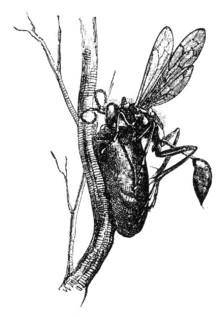Natural history museum
A natural history museum or museum of natural history is a scientific institution with natural history collections that include current and historical records of animals, plants, fungi, ecosystems, geology, paleontology, climatology, and more. The primary role of a natural history museum is to provide the scientific community with current and historical specimens for their research, which is to improve our understanding of the natural world. Some museums have public exhibits to share the beauty and wonder of the natural world with the public; these are referred to as 'public museums'. Some museums feature non-natural history collections in addition to their primary collections, such as ones related to history, art, and science.
Renaissance cabinets of curiosities were private collections that typically included exotic specimens of natural history, sometimes faked, along with other types of object. The first natural history museum was possibly that of Swiss scholar Conrad Gessner, established in Zürich in the mid-16th century.[1] The Muséum National d'Histoire Naturelle, established in Paris in 1635, was the first natural history museum to take the form that would be recognized as a natural history museum today.[1] Early natural history museums offered limited accessibility, as they were generally private collections or holdings of scientific societies.[2] The Ashmolean Museum, opened in 1683, was the first natural history museum to grant admission to the general public.[2]
Examples
See List of natural history museums for examples grouped by country.
